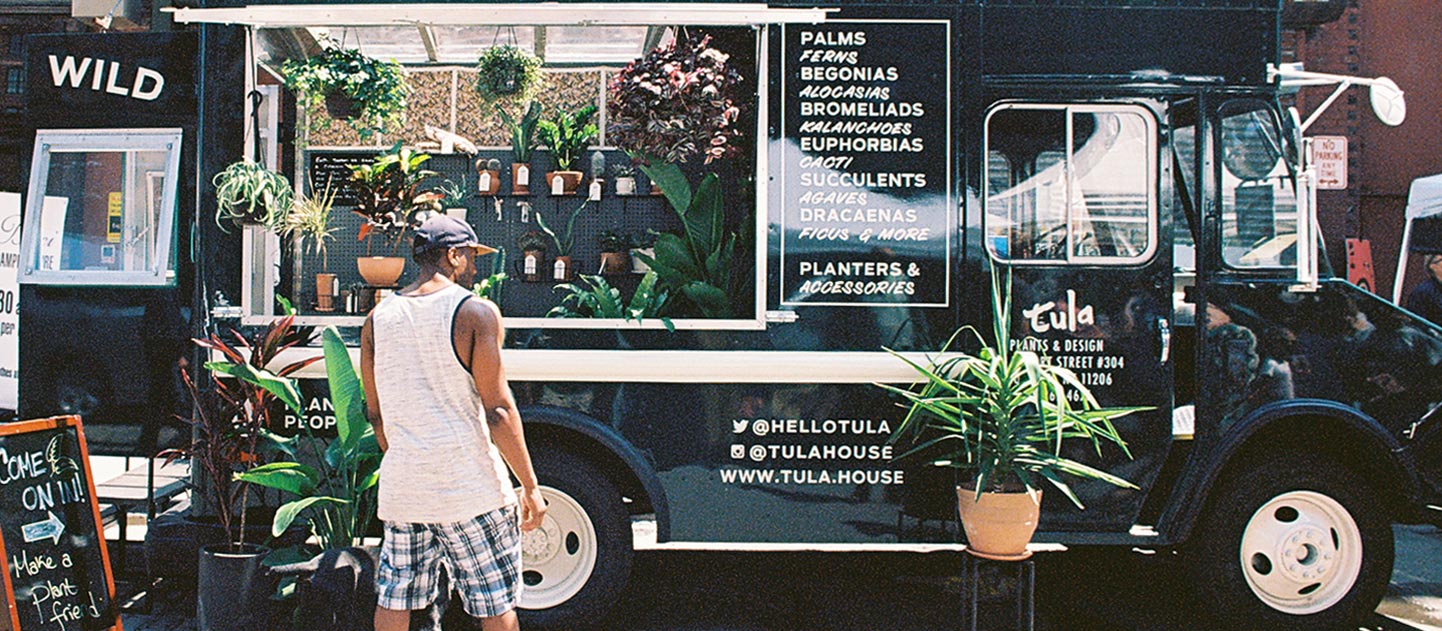Think Like a Plant, Think Like a Woman

- Words by
- Dr Prudence Gibson
There are ways to fight climate change. One way is to think like a plant and another is to think like a woman. Although this might sound a little strange, changing our attitudes makes sense when trying to combat a depleted-earth future. There are a growing number of eco-feminists who draw a connection between plants and women, their similar ways of operating and methods of communication. These connections, made by such writers as Val Plumwood and Karen Warren, can offer up better models for living on this planet.
Thinking like a plant, thinking like a woman, is a method of looking at the world outside the purely human, outside the purely patriarchal. This approach is not to condemn men in any way, nor to disdain all species. It is not to acknowledge plants alone. Rather, it is an effort to see all our ecologies as aggregates where the human may not, after all, be the pinnacle of a given hierarchy. Instead, humans are just one among many equivalent elements in a larger system.
Women, and the particular qualities that are specific to women, such as bearing children, can be seen as having a connection to the earth and to other life-growing species that men cannot access or offer. This is a difference. An ability to grow and give life is an analogy for the earth as a whole. It is a tender and fragile force that women and plants have in common. It is a force that we will need to foster for the future.
This plant-like framework (sophisticated communication, growth, benevolence) is intended to widen the philosophical scope and to perhaps collapse some unhelpful habits … such as attaining political power at the expense of the environment.
Other unhelpful conduct is war-like behavior. War, as military combat, as political battles against illegal immigrants, wars against the environment in the name of agriculture and resource development and even aesthetic wars against weeds, can be seen as futile. This idea of ‘the natural war’ was put forward by Michel Serres, who wrote The Natural Contract, where he charted the human condition as being stuck in mud. He wrote about humanity’s fighting of endless wars, only to discover that the worst war of all has been the one waged against our own collective planet.
Damages in war will always outweigh benefits. These are patriarchal behaviors, these are activities of authority, control and power. Eco-feminist values, as I see them, work towards the relevance of all species and the benefits of collaboration and collective communication. This may include an aesthetic of care, where greater concern is given to how we look after the natural world.
An Australian artist who has strong and decidedly female connections to plant life and wider ecologies is Janet Laurence. Laurence has worked for several decades, making installations that draw attention to bad environmental practice, species loss and compromised habitats. Her work with plant life is well established. She finds dead trees and hauls them into the gallery space, then hooks them up to intravenous drips. She shrouds branches with gauze and connects various plant specimens with hospital tubing.
All of Laurence’s plant installations suggest an alternate zone of care. By creating these triage or hospital environments, she is counteracting the acts of war against nature.
She brings attention to the ‘feelings’ and sensory capacities of plants, their plight as potentially extinct species and the need to stop ‘wars’ of all kind.
In Australia, the most damaged area of natural significance is the bleached and polluted Great Barrier Reef. Laurence’s exhibition at the Australian Museum, Deep Breathing, on view until early 2017, presents a hospital for the reef, where aquatic plant and laboratory equipment are hooked up to drips, coral is bandaged in gauze and tropical fish await triage. This role of caring for an ecology, rather than controlling or dominating nature, is an eco-feminist position.


It needs to be clarified that a female perspective on environmental care does not mean that women, alone, must conduct the caring, as has historically been the norm. Instead it means all members of the global population can take on the collective role of caring. My eco-feminist view of the world rejects patriarchal authority and encourages hormonal and chemical communication, in order to treat nature, in particular plants, in a more respectful and co-species way.
Another of Laurence’s 2016 installations is Naturestruck, exhibited at Dominik Mersch Gallery, which comprises a long perspex table of botanical specimens, illustrated plant books, coral, vegetal specimens in science flasks and beakers, birds’ nests, fossilized trees, dried flowers, petrified wood and samples of other vegetation. These are arranged in swarms of colour, in clusters of information and make up an entire ecology. The elements communicate to one another and reflect upon surfaces below and are mirrored by painted photographs on the walls. Laurence’s artworks are a genuine call, a plaintive wail for all that is lost.
In indigenous cultures, there is a strong capacity to communicate with other species in the natural world, both on land, under water and even with the dead. Western cultures have lost this skill, a skill that is vital for countering climate change.
Perhaps, if we listen to Janet Laurence and heed more closely the rhythms of the vegetal world, we might access information and knowledge that we have been too shut off to hear before.
In other words: let’s think like a plant, think like a woman.
Dr Prudence Gibson is a writer of art and plant studies. Her 2015 book on artist Janet Laurence was published by New South Publishing. Her next book, with Brill Publishing, is on critical plant studies and art. She is author of The Rapture of Death 2010 and has published over 300 essays.















